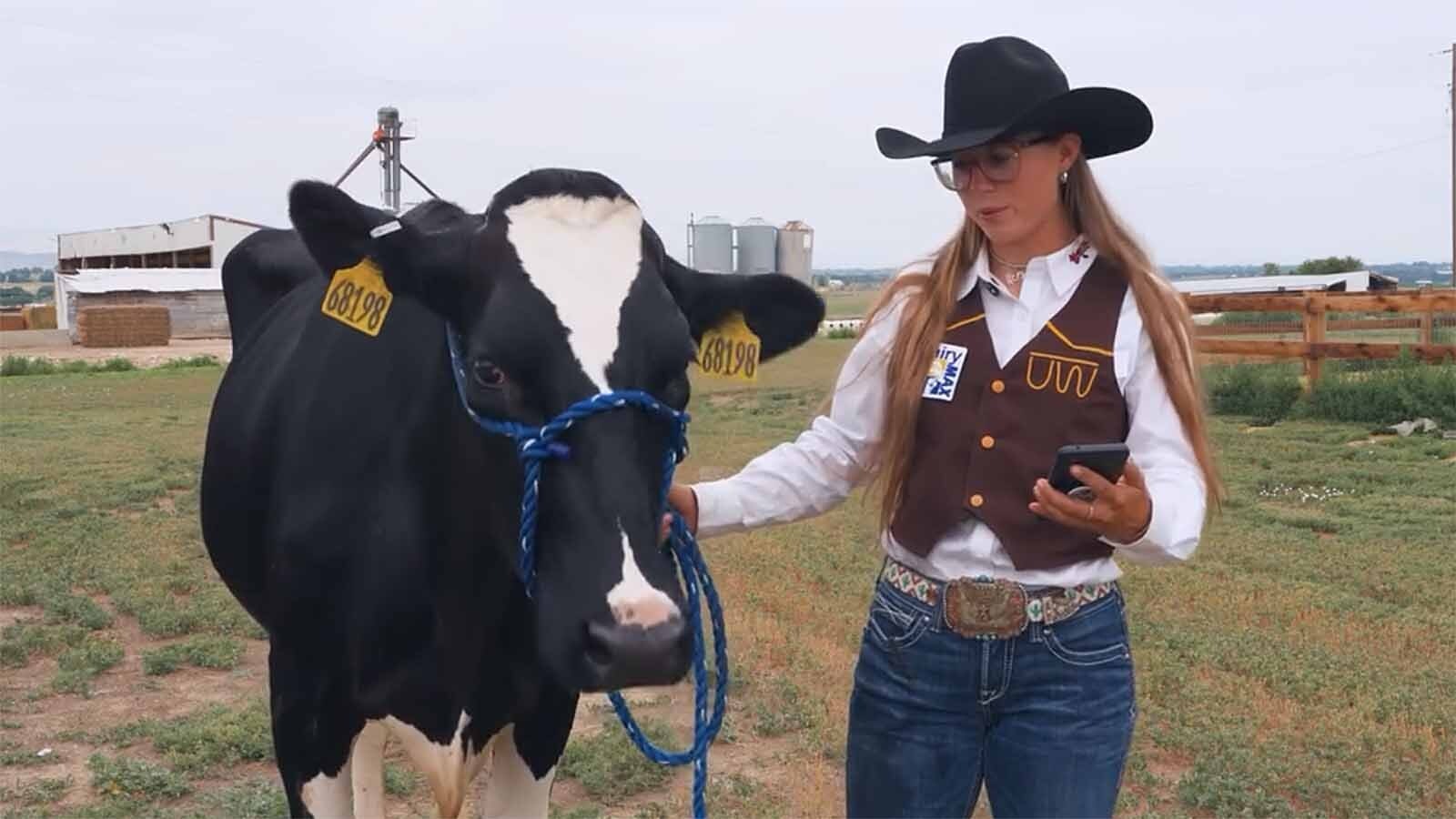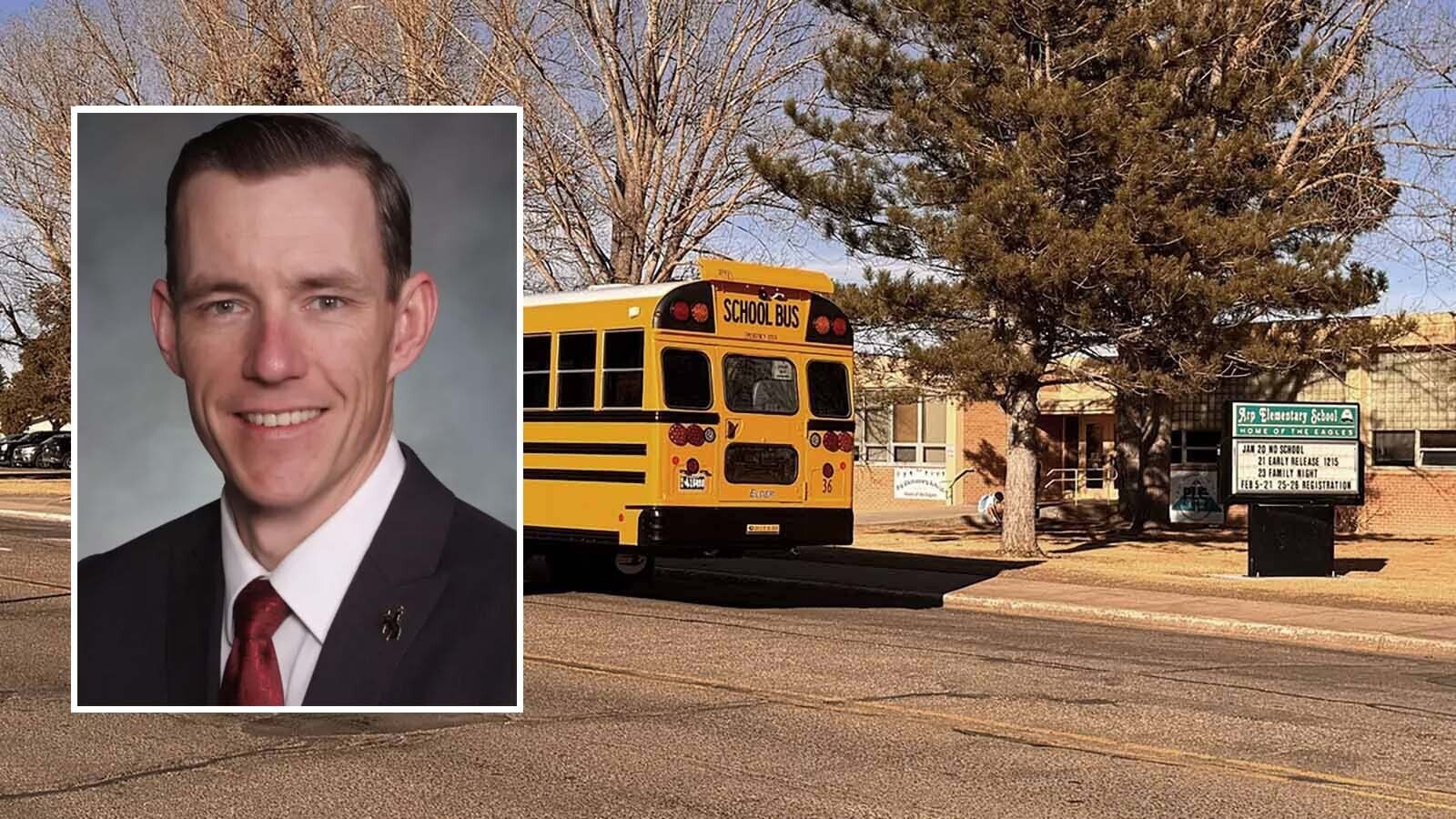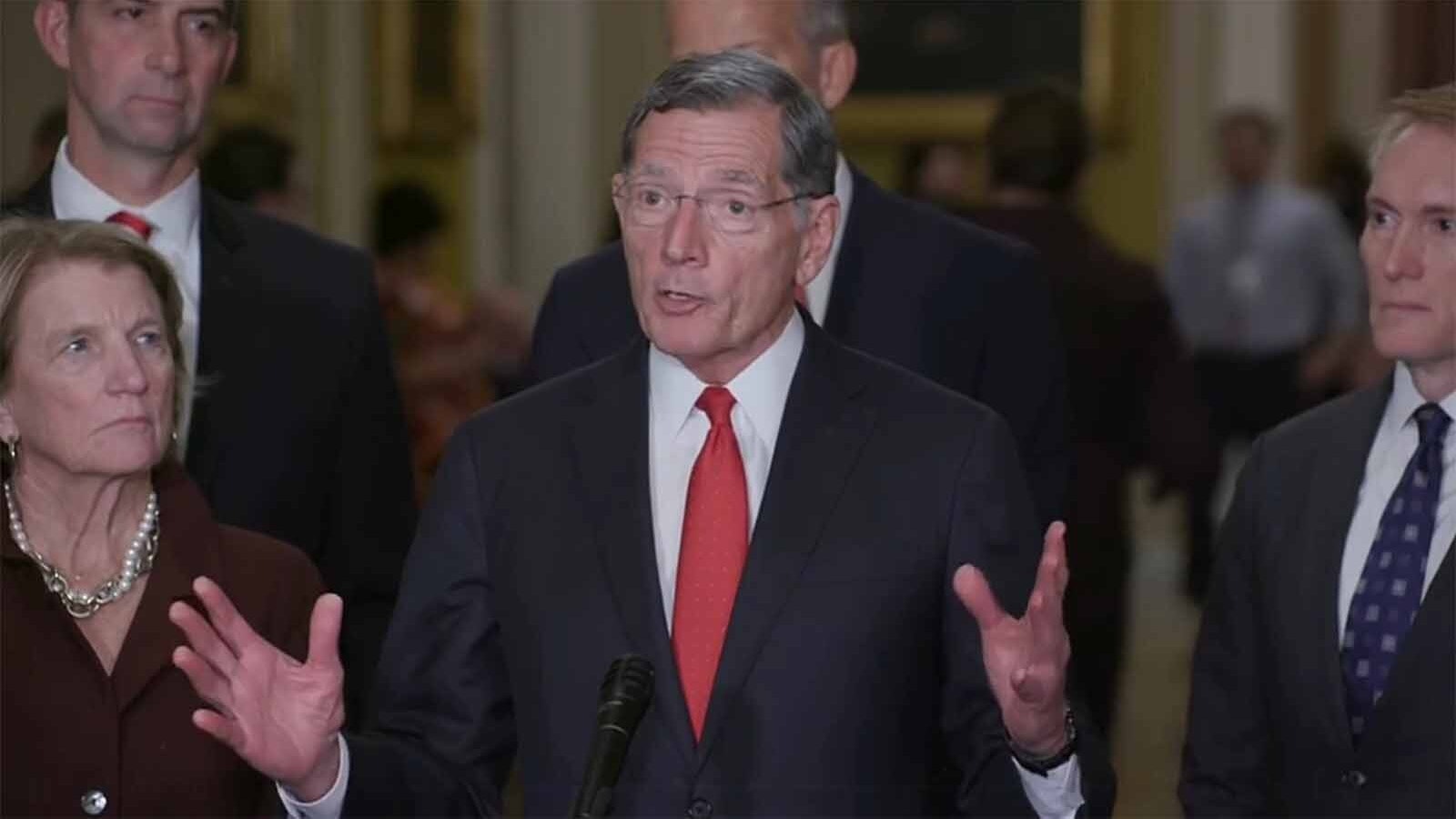CHEYENNE — Laramie County residents packed into Thursday’s Laramie County Planning Commission meeting to give the bard an earful about what’s become a highly controversial energy development proposal.
Among other topics, the council heard comments on the Laramie Range Wind Project, a wind development backed by Spanish energy giant Repsol. Meeting attendees expressed concerns the development could prove hazardous to wildlife and impact the serenity of the surrounding land and skies.
The standing-room-only meeting saw about 100 people filling the Laramie County Commission meeting room. Even with workers bringing out extra chairs, the attendees still overflowed into the hallway of the historic Courthouse Building.
Some were farmers advocating for their private property rights and that patterning with wind projects can give them economic stability. Others argued against turbines and the impacts they have on wildlife, like eagles, sage grouse and earthworms.
Laramie Wind
Repsol first notified Horse Creek-area landowners in June that it plans to build as many as 170 wind turbines across a swath of state and private lands through an initiative it calls the Laramie Range Wind Project.
It would span across more than 56,000 acres, nearly three times the size of Cheyenne, which is about 20,650 acres.
The company wrote in a letter obtained by Cowboy State Daily that the project could produce as many as 131 jobs per month while emitting zero carbon, sulfur, nitrogen or mercury air emissions.
Despite these expected benefits, some residents remain concerned about negative impacts associated with the project.
Commission Chairman Jason Caughey opened Thursday’s meeting by explaining the commission is composed of volunteers who can only make recommendations. The Laramie County Board of Commissioners is ultimately responsible for approving the items on the agenda.
“I was taught that a picture is worth a thousand words and your participation and involvement here is worth a thousand words,” he said.
He also acknowledged commission members Jack Stadel and Natasha Gaspar were not at the meeting due to separate issues.
While public comment was mostly limited throughout the early agenda items, the room came to life with excited chatter at the opening of public comment on the wind proposal.
Laramie Wind Range Project lead Charlie Banke opened by touting what he said was the Repsol's positive track record of selecting other project sites throughout the U.S. He also detailed the company’s transparency and community philanthropy efforts.
“We’ve been working on the Laramie Wind Range Project for over seven years,” he said. “Responsible and diligent planning has brought us here today.”
Some community members in attendance gave audible scoffs at Banke’s remark.
‘Don’t Criticize the Farmer’
Charlie Farthing, a landowner involved in the project, touched on his deep fifth-generation roots in Wyoming ranching. He said he partnered with the project as a safeguard against a drought impacting his land.
“We see this project as a way of diversification for the ranch,” he said. “We see this as a way for additional income in future years.
“We’ve got a saying in the country: ‘Don’t criticize the farmer because he’s the one that feeds you.’”
Gene VanDeest, who said he represented a coalition of ranchers, echoed those comments by urging ranchers to support the project. The development, he said, would preserve deep traditions while helping ranchers navigate modern problems.
‘Proceed With Caution’
State Rep. Gary Brown, R-Cheyenne, argued the wind development would negatively impact the ranchers around it with disruptive noise. Animal migration patterns, he argued, would also be impacted.
Eagles and bats, he said, are particularly affected by Wyoming’s preexisting wind farms. He argued the addition of another would only do more harm.
“When what you do on your land impacts the people around you, it’s time for them to have their say,” he said.
Cheyenne Resident Tina Whitney said just because someone can use their land how they want doesn’t give them the right to harm others. The wind project, she continued, was not properly disclosed to locals despite its lengthy project timeline.
“We need economic diversification in Wyoming, but not to the detriment of Wyoming,” she said.
Wendy Volk, a Cheyenne real estate agent and outspoken critic of the project, presented the commission with homemade maps showing the location of the turbines in relation to state and private land, claiming it would cover an area three times the size of Cheyenne.
Volk then criticized the project maps made by Repsol, accusing them of being “misleading” and difficult to decipher.
She said she contacted Repsol to confirm where her family’s ranch is relative to the project.
“I think it is imperative we proceed with caution as we proceed with these major changes to our community,” she said. “On an 8x11 piece of paper, I could not determine where those turbines were.
“I’m disappointed this company has seven years to develop these maps. When I took it to these landowners, they had no idea it was touching their property.”
The turbines, she continued, would “drastically” impact the way she uses her land. Future developments, such as houses, would be made nearly impossible.
Volk also warned the turbine blades could potentially throw ice at her property during the winter months, which she reviled as a safety hazard.
Photographer Ann Brande spoke to the commission about a 68-page petition from community members about Rail Tie Wind, another Wyoming Repsol project in Albany County.
That project was subject to a fierce legal battle in 2024 by locals who sought an order forcing Repsol to halt its construction.
Brande’s petition was full of concerns about Repsol violating county construction regulations, she said.
Brande said she’s spoken publicly against Repsol’s project multiple times, but county officials took no action against the company.
What About The Worms?
Ryan Schneider owns a plot of land near the proposed development and said he is concerned by the potential for wind turbines to cause earthquakes. The turbines, he said, create vibrations that displace earthworms, making them easy prey for birds and other predators.
He cited studies showing these vibrations can eventually erode the soil by displacing earthworms.
“I’m not a farmer myself, but I do support my neighbors who are,” he said. “The more I study the renewable energies, the more faith I have in nuclear and the less faith I have in wind and solar.”
Several ensuing commenters urged the council to delay the approval of the project until more time could be dedicated toward learning its impact on the surrounding area. As the meeting passed the three-hour mark, attendees began to trickle out, even as other speakers continued to deliver concerns.
Commission Conversation
After hearing comments from all present, the commissioners acknowledged they are taking the many concerns they heard into consideration.
Caughey said he came away with “a lot of questions” and questioned whether the commission could issue a decision that night. He thanked everyone there for remaining courteous before calling for a decision from the board.
The three members present then agreed to postpone a vote until it was heard by the state Industrial Siting Council. That does not preclude the coming decision by the Laramie Count Board of County Commissioners.
Ongoing Debate
Similar wind developments continue to prove unpopular in Wyoming.
Converse County rancher Mike Stephens in August told Cowboy State Daily the shadows created by turbines can disturb sage grouse, which he calls “sage chickens.”
"The damaging part is to sage chickens, that shadow," Stephens told Cowboy State Daily. "I don't know if you've ever seen chickens, like domestic chickens or any bird. If they see a shadow, they are hightailing it because they know a bird of prey is going to get them.”
Chugwater rancher Paul Norfleet is one of dozens of Wyoming landowners partnering with NextEra Energy on a new wind and solar project near his town. He told Cowboy State Daily in August the turbines and panels don’t impact the landscape any more than cell towers, oil rigs and transmission lines.
“If there’s anything providing shade in this country, things are going to go behind it,” he said. “There's so much land in this country that it’s hard to affect [the animals] that much.”
Jackson Walker can be reached at walker@cowboystatedaily.com.
















